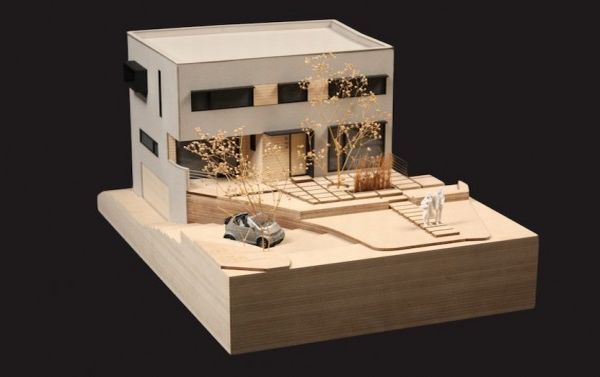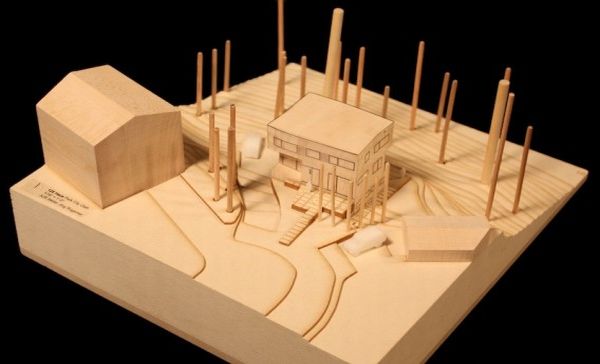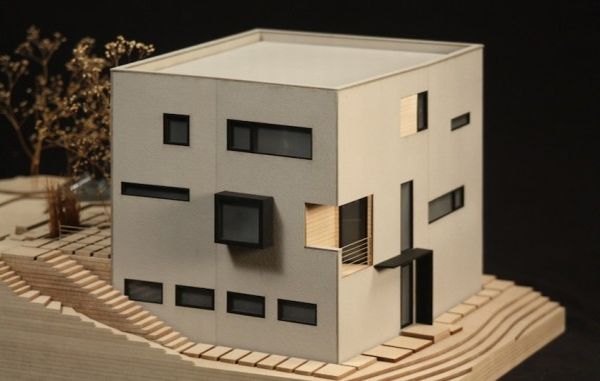
During recent time when electricity and energy cost and requirement in most countries is on the rise, Haus 125 is the new beckon of hope to reduce costs of energy consumption and greater efficiency of energy use. Built by the Professor Jurg Rugemer, this home is slated to be 90% more energy efficient than those built on the codes like IECC 2006 that are modeled on Passive House Planning Package and Energy Plus models.

Located at a height of 7000 feet from the sea-level, this house will be near Park City, Utah. Since the altitude of location is high, the home will be equipped with a special exterior insulation that shall help regulate the temperature within the housing. The main reasons for energy efficiency of the house would be the integrated Heat Recovery Ventilation System (HRV) and Ground Source Heat Exchange system.
The HRV system uses heat ventilators, exchangers, and air-to-air exchangers and is based on the counter flow of heat model, between in-bound and out bound airflows. This ensures the flow of heat, and also fresh air within the house helping in temperature control and energy efficiency. The Ground Source Heat Exchange System on the other hand uses the earth as a source of heat through its heat pumps, hydronic pumps, a ground heat exchanger and a distribution sub-system. This means that the energy and temperature control are based on natural sources, because of which the overall consumption of power decreases without compromising on the comfort level and efficiency within the house.

To supplement these systems, automated windows will be installed which can be used to control airflow and temperature, and also a gas powered fire-place will ensure the warmth during the colder winter months. The surprising aspect of this house, is the low cost building process, which is estimated to be $118 per feet. This project is expected to be completed by September 2011, and then the Return in Investment, quality of construction, Cost and energy savings will be measured over a 2 years period within which the house shall be occupied for assessment. The results shall speak of feasibility of the concept with which the construction has been made, and if needed, changes could be made to show better results.
However, such is the estimated efficiency that the house is already expected to meet the standards worthy of the certification of LEED Gold or Platinum, that are granted to the most energy efficient constructions around the world. A few landmarks in high energy efficiency buildings include the Ballart Foundation Charity Home in Australia, which has a 7-star rating for its energy efficiency, and also the Light-home in Australia which is now gunning for the Prize of Solar Decathlon 2011 for its concept.
What to notice here, is the efficient designs of these establishments and benefits that come with it. With a severe pressure on existing natural resources, the government and other concerned parties could take a look at them, especially in developing countries where low-cost housing is in demand.
Via: Jetsongreen


